
In the River KATSURA --Vol.98--
Meeting Again
After I started fishing at the lower reaches of the Fujiyoshida in the mainstream of the River Katsura, I stopped visiting Asumi, my old regular spot. It was simply because two spots had different types of fish. Around Asumi I used to catch mountain-stream fish well grown. It was clear that they grew up more rapidly than those in ordinary creeks. I had been fascinated with those rapid-grown fish. However, fish at the lower reaches were completely different.
A yamame trout caught near Tsuru, almost 40cm long, looked like a cherry salmon but actually was younger than those of 25cm in tributaries.
When I first fished around Tsuru I caught a good-shaped yamame trout of over 30cm. I was not surprised at its size but its silvery body like a cherry salmon. It was over 30cm but still looked like a parr. I had also caught several big yamame trout in the River Oshino at the same period. They were between 35cm and 40cm long, extraordinarily trophy-size from ordinary standard but looked like growing fish far from adult fish.

Peacock Queen of 1985, one of the most successful flies in the River Katsura.
Those fish reminded me of a char of nearly 60cm in Lake Ginzan and a cherry salmon of over 50cm in the lake of Urabandai, both of which I caught more than a decade before, and also a brown trout of 70cm in Lake Motosu which I caught several years before. All those fish were much younger than I guessed from their sizes.
Most anglers firmly believed that trophy-size fish were clever old fish which survived a lot of troubles. But I learned from those fish that fish which grew up at a normal speed could not become extraordinarily big even when it lived long, whereas fish which grew up at an unbelievably rapid speed could do. I mean that so-called big fish are often clever old fish but extraordinarily big fish are rather young fish.
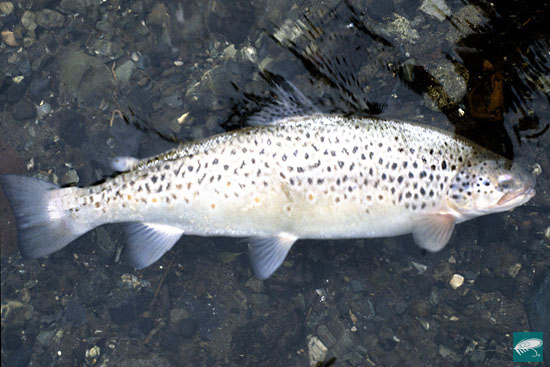
A brown trout much bigger than those in Oshino. How much bait it needs?
Another surprise was that all of those young big fish were caught with wet flies. They were much bigger than those I caught with dry flies, as in the case of Oshino. I fished a lot of yamame trout with dry flies in the River Katsura and its tributaries but I could not believe that both kinds of fish caught with wet flies and dry flies lived in the same river. More important thing was that fishing time with wet flies was several times shorter than that with dry flies.
Several years had passed since I thought I had to fish the River Katsura in the same way as Oshino to prove that there were big fish in the River Katsura, too. Now I had no doubt. As for yamame trout and rainbow trout at least, the mainstream of the River Katsura had more power to nourish them than Oshino. But I was not sure about brown trout. I had caught only one brown trout in the River Katsura, which lived just at the lower reaches of Oshino. At that time there was no river in Japan which kept being stocked with brown trout parr. Oshino was stocked with brown trout parr after the World War II. Probably they survived by natural breeding but never spread to the River Katsura.
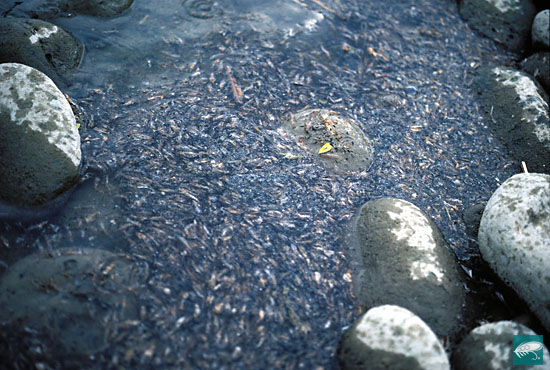
Cast-off shells of sedge accumulated at the whirling part near the bank in the morning after insect snowstorm.
A New Face
10 years had passed since I caught the brown trout at Asumi in 1973. It was still my summer fishing pattern to fish yamame trout and char first in the mountain stream in the mountains like Yatsugatake or one of the Japan South Alps and later enjoy fishing evening rises somewhere on my way home, although somewhere changed from Oshino to the River Katsura.In early July, 1983, I dropped in at the River Katsura in the evening as usual. It was at the lower reaches of Tsuru city, where the river was narrow but full of water. In those days I was absorbed in fishing big yamame trout and rainbow trout around there and refining a wet fly. In the next year I completed it as Peacock Queen, which had been designed as almost the same shape some years before.
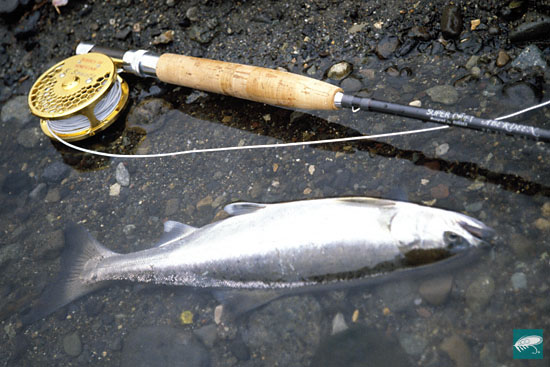
In the end of March this fish grew up to be 35cm but still was a parr.
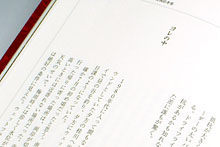
’In the irregular flow’ of my book “Sophisticated Flies.”
What happened on that day in 1983 was recorded under the subtitle of ‘In the irregular flow’ of my book “Sophisticated Flies”. I do not tell the story here how I caught a fat brown trout with size 6 Peacock Queen. Since then a lot of brown trout have been caught but they seem to have been grown-up parr which had been newly stocked the river with, unlike the first one I caught in 1973.
Anyway, I caught a brown trout after 10 years’ absence, even if it were newly stocked the river with. I was very happy to see a brown trout again in the River Katsura. Both brown trout and rainbow trout were very fat. I felt that big fish were fatter here than those in Oshino, whereas the small fish were less fat than Oshino. I made a guess about that.
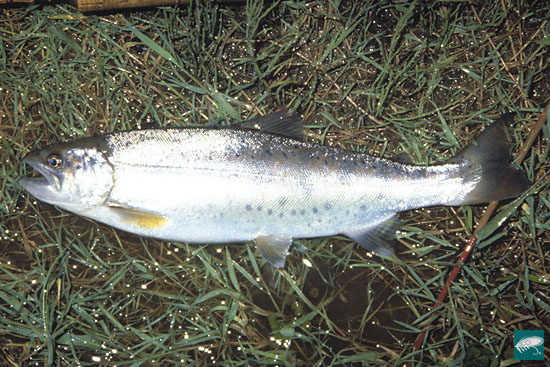
In June, 1986. The trophy-size yamame trout in the River Kinugawa had a well-proportioned beautiful body. As they got bigger, it looked more like a cherry salmon.
When I first went to Oshino, the river had the largest number of aquatic insects of all rivers I had ever seen. Countless giant sedge larvae were among hornwort on the bottom. They were much bigger than those in other rivers. Other nymph were also big and countless in the mud and the sand. As soon as the evening came, sedges started flying and running on the surface. They were flying even in snowy March and like a snowstorm in May. But they gradually decreased year by year. In 1980’s there was no more scene that sedge were whirling like a snowstorm.
When I started going to the River Katsura I saw fierce snowstorms of sedges again. However, they disappeared several years later. I learned that ideal situations for fish to grow up did not last so long. In those days snowstorms of the insects were not uncommon even in Okutama, a suburb of Tokyo, although it is difficult to imagine today.
-- To be continued --
- NET SHOP INFORMATION
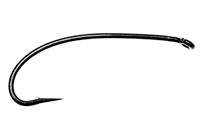
SL6 Black Spey Hooks
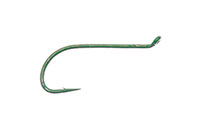
DU3 Limerick Spinner Hooks
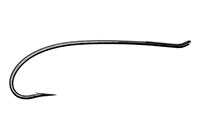
SL4 Single Bartleet Hooks
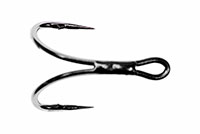
XD1 Tube Fly Double Hooks
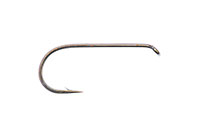
DD2 Flat Perfect Hooks
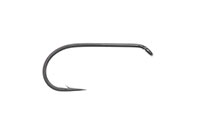
DD1 Black Terrestrial Hooks
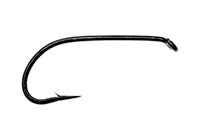
TD4 Old Limerick Wet Hooks
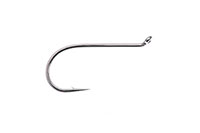
DU1 Silver May Hooks
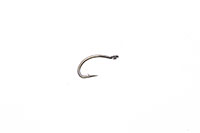
MU1 Flat Midge Hooks
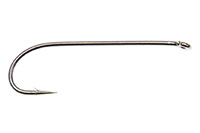
LD3 Long Limerick Hooks
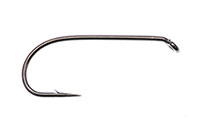
TD2 Summer Sproat Hooks
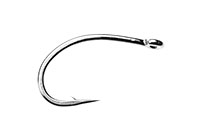
XS1 Tube Single Silver Hooks
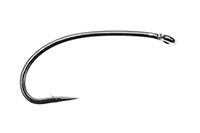
TD6 Siver Sedge Hooks

SL5 Black Spey Hooks

DU3 Limerick Spinner Hooks
- TROPHY CLUB
- FLY SHOW
- EXHIBITION
- MASTERS`
- FLY DRESSING CONTEST Archives
- TRAVELLER Archives
- TACKLE IMPRESSIONS Archives
- ANGLERS` PHOTO GALLERY Archives
- ----------------------------------------------
- トロフィークラブ
- フライショー
- エキシビション
- マスターズ
- フライドレッシング・コンテスト・アーカイヴ
- トラヴェラー・アーカイヴ
- タックル・インプレッション・アーカイヴ
- アングラーズ・フォトギャラリー・アーカイヴ
株式会社サワダ 185-0021 東京都国分寺市南町3-13-4
SAWADA'S INC. 3-13-4 Minamicho, Kokubunji, Tokyo 185-0021, Japan
写真・ドキュメントの無断転載を禁じます。
All the images and documents found on this site are owned by Ken Sawada and may not be used without permission.
But, link to this site is FREE.
Copyright © 2000 - 2025 SAWADA'S INC.. All rights reserved.
SAWADA'S INC. 3-13-4 Minamicho, Kokubunji, Tokyo 185-0021, Japan
写真・ドキュメントの無断転載を禁じます。
All the images and documents found on this site are owned by Ken Sawada and may not be used without permission.
But, link to this site is FREE.
Copyright © 2000 - 2025 SAWADA'S INC.. All rights reserved.
